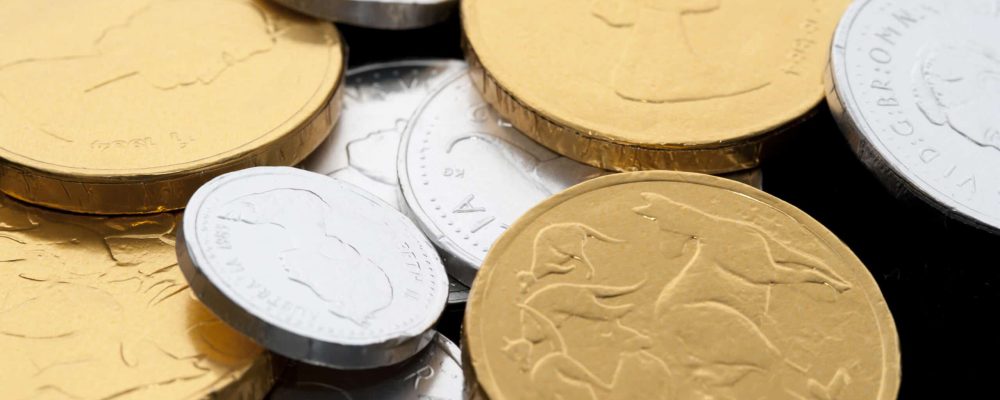When talking about the world of cryptocurrencies, our first thoughts usually go to Bitcoin (BTC), Ethereum (ETH) and other projects that are characterized by high volatility. It should be known, however, that among these dynamic projects there are also those whose task is to maintain a constant value. We are of course talking about stablecoins, the essence of which we will explain in this article.
Tether (USDT), or the beginnings of strong stablecoins
Stablecoins can relate their exchange rate stability to different types of assets. Their reference point is sometimes other coins, but the most common connection concerns fiat currencies.
The first stablecoins referring to this kind of assets were created in 2014, and the most popular among them became Tether (USDT). Its creators were representatives of the Bitfinex cryptocurrency exchange, and it was based on this exchange that Tether began its operations. Today, Tether, despite various kinds of controversies built around it, has permanently established itself in the TOP 10 of cryptocurrencies in the world. Other stablecoins at the moment are not able to match its capitalization.
As the abbreviation USDT indicates, Tether refers to the US dollar and in this currency it declares its coverage. The price of one USDT token is at most close to the price of $1. Similar situations apply to its competitors such as Dai (DAI), USDC, and Paxos Standard (PAX). This is due to the fact that the US dollar is the world’s reserve currency, and the asset in which virtual coins are most often priced. Stablecoins can refer to other currencies as well. However, as you can easily guess, their popularity and usefulness in this case can be much lower.
Application of stablecoins
The purpose of implementing stablecoins was to enable arbitrage between exchanges, which was a major challenge to do with fiat currencies. With stablecoins, exchanges also did not have to implement complicated KYC and AML procedures for their clients. All thanks to the fact that they were not using fiat currencies for trading purposes.
Stablecoins are all about making trading easier. They work great when the market is down and you need to secure your funds as soon as possible by moving them to a safer place. They allow you to buy back your assets in an instant.
An important advantage of stablecoin is the fact that in many countries, the exchange of cryptocurrencies for fiat currencies is associated with a taxable event, resulting in the need to settle the transaction with the tax authorities. The exchange of crypto with crypto, on the other hand, causes that such an event does not occur and that, consequently, tax on such an operation does not have to be paid. However, before you decide to use stablecoins in this way, make sure to find out what the tax law in your country is like and keep up to date with any changes!
Stablecoins support cryptocurrency adoption
It’s easy to see that stablecoins make life easier for traders. When using them, however, you should remember to choose trusted projects that undergo periodic inspections by supervisory institutions. All this is to make sure that the value of the coins we own is fully covered by the currency they reflect. In this way the stability they represent creates a kind of bridge between virtual and fiat currencies. This is another factor thanks to which the adoption of cryptocurrencies is progressing so rapidly.


















